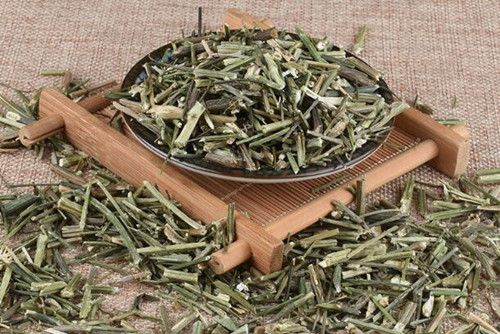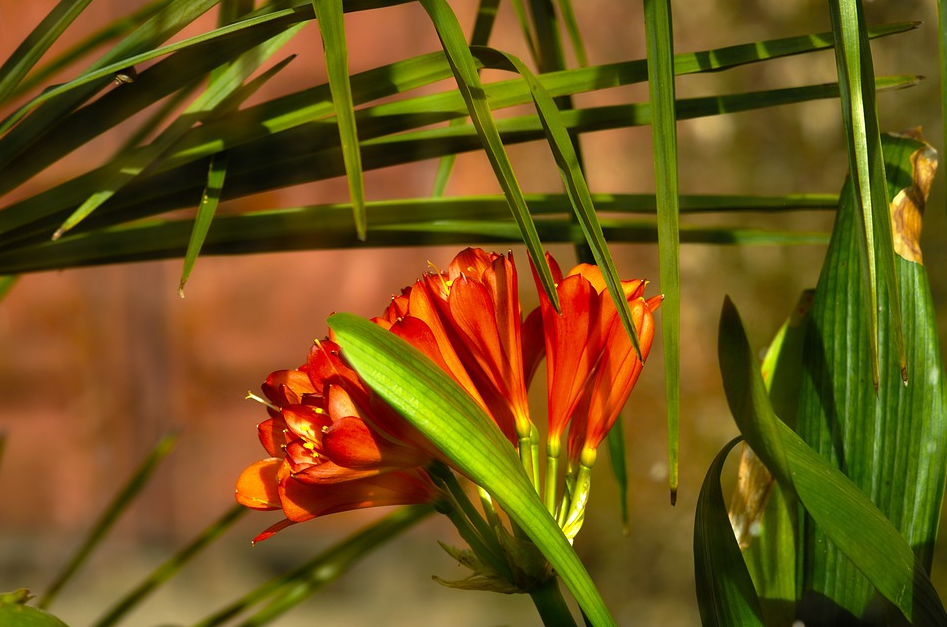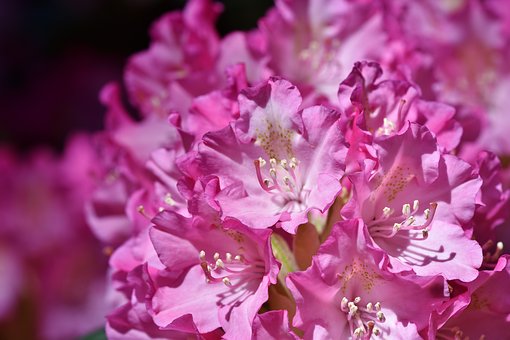What are the efficacy, functions and taboos of andrographis paniculata? And peony hanging orchid is a kind of plant?
When it comes to andrographis paniculata, some people may not know it very well. It is mainly produced in Fujian and Guangdong. It belongs to herbaceous plants. Andrographis paniculata has a lot of efficacy and value, so it is also used in medicine. What are the effects and effects of andrographis paniculata? And peony hanging orchid is a kind of plant?
1. Andrographis paniculata
1. Introduction
Andrographis paniculata is an annual herb of the family Euphorbiaceae, also known as Chunlian autumn willow, Yiguxi, olive nuclear lotus, bitter gentian, golden vanilla, golden ear hook, Indian grass, bitter grass, etc.; it is native to India and is planted in Fujian, Guangdong, Hainan, Guangxi, Yunnan and other places in China; it is harvested and dried when the stems and leaves are luxuriant in early autumn.
2. Morphological characteristics.
Andrographis paniculata plants erect, many branches, square-shaped, angular obvious; leaves opposite, lanceolate or narrowly lanceolate, about 2 to 8 cm long and 5 to 25 mm wide; summer and autumn flowering, white or lavender, arranged in terminal or axillary racemes; capsule linear-oblong, flat, about 1.5 cm long; slight, extremely bitter taste-hence the name andrographis paniculata.
Second, the efficacy and function of andrographis paniculata.
According to modern medical research, the roots and leaves of andrographis paniculata contain different ingredients, as shown in the table below:
Andrographis paniculata contains andrographolide, neo-andrographolide, 14-deoxyandrographolide, 14-deoxyandrographolide glycoside, 14-deoxyandrographolide glycoside, and flavonoids. Andrographis paniculata root contains andrographolide, deoxyandrographolide, new andrographolide, andrographis paniculata flavonoids, 3-methyl andrographolide flavonoids, 5-hydroxy-7 andrographolide 8-dimethoxy flavonoids and other flavonoids
Andrographis paniculata is cold in nature, bitter in taste, returning to the heart and lung meridian, is a kind of food with the same origin of medicine and food, it is understood that andrographis paniculata has the following four major effects and effects:
1. Efficacy one: clearing heat and detoxification, reducing swelling and relieving pain
According to traditional Chinese medicine records, andrographis paniculata taste bitter, cold, heart, lung, large intestine, bladder meridian, with heat-clearing and detoxification, swelling and pain effect, for acute bacillary dysentery, gastroenteritis, cold and fever, influenza, cerebrospinal meningitis, lung abscess and other diseases.
2. Efficacy 2: anti-inflammation and detoxification
Andrographis paniculata has a very good anti-inflammatory effect, and has been used in a variety of infectious diseases clinically, including traumatic infection, furuncle, carbuncle, erysipelas, upper respiratory tract infection, acute and chronic tonsillitis, acute and chronic pharyngitis, acute bronchitis, acute bacillary dysentery, acute gastroenteritis, urinary tract infection, endometritis, pelvic inflammation, otitis media, periodontitis and so on.

3. Efficacy 3: antibacterial
Andrographis paniculata is rich in new andrographolide, which is very helpful for the treatment of bacillary dysentery in clinical trials.
4. Efficacy 4: treatment of snakebite
Andrographis paniculata has a certain therapeutic effect on snake bites, and many Indians choose to detoxify them after being bitten by snakes. Mash the fresh andrographis paniculata and mix the tobacco oil in the pipe and apply it to the wound, and take the fresh andrographis paniculata leaves for three to five dollars and fry the clothes with water.
Note: (remember to follow doctor's orders to treat diseases with andrographis paniculata, this article is for sharing reference only)
III. Usage and taboos of andrographis paniculata
1. Usage and dosage of andrographis paniculata
(1) Internal administration: fried soup, 9-15g, single large dose can be used to 30-60g
(2) at the end of the study: 0.6-3G each time, swallowed in capsules or delivered with boiling water.
(3) external use: appropriate amount, mashed or made into ointment to smear the affected area or water to drop eyes and ears.
2. Taboos on eating andrographis paniculata
(1) andrographis paniculata should not be taken for a long time.
(2) patients with Yang deficiency syndrome and weak spleen and stomach should take andrographis paniculata carefully.
(3) A large oral dose of andrographis paniculata and its various preparations can cause gastrointestinal discomfort and loss of appetite, so attention should be paid to the dosage in clinical use, and symptomatic treatment should be given in time when adverse reactions occur.
Are andrographis paniculata and peony orchid a kind of plant?
The andrographis andrographis and the peony orchid are not the same plant, and the peony orchid is the "vegetable andrographis" that we usually eat. Peony hanging orchid, also known as heart leaf sunflower, dew grass, flower vine, sun rose, sheep horn orchid, cherry orchid and so on, is a perennial evergreen succulent plant of the family Amygdalaceae, which has been used as a flower cultivation and ornamental for many years, and has only begun to be eaten in the past two years. The tender stems and leaves of peony orchid can be eaten, but can not be used as a traditional Chinese medicine andrographis paniculata.
Time: 2019-04-06 Click:
- Prev

How does the leaf of gentleman orchid turn yellow to return a responsibility? What shall I do? How to maintain it?
Cymbidium is an ornamental flower of the genus Amaryllidaceae, which has high ornamental value. It can not only be watched at home, but also beautify the home and clean the air. However, there will be yellowing of leaves in the process of planting, so what is the yellowing of the leaves of Cymbidium? What shall I do? How to maintain
- Next

How much is the market price of rhododendron bonsai, the king of woody flowers? When will it blossom? How to breed
Azaleas, also known as Yingshanhong, pomegranate and Zhaoshanhong, are common flowers in mountainous or pine forests. They are deeply loved by flower friends because of their various colors and beautiful flowers. At present, many people like to keep them at home or in the office to improve the indoor environment. How much is the market price of rhododendron bonsai?
Related
- Fuxing push coffee new agricultural production and marketing class: lack of small-scale processing plants
- Jujube rice field leisure farm deep ploughing Yilan for five years to create a space for organic food and play
- Nongyu Farm-A trial of organic papaya for brave women with advanced technology
- Four points for attention in the prevention and control of diseases and insect pests of edible fungi
- How to add nutrient solution to Edible Fungi
- Is there any good way to control edible fungus mites?
- Open Inoculation Technology of Edible Fungi
- Is there any clever way to use fertilizer for edible fungus in winter?
- What agents are used to kill the pathogens of edible fungi in the mushroom shed?
- Rapid drying of Edible Fungi

